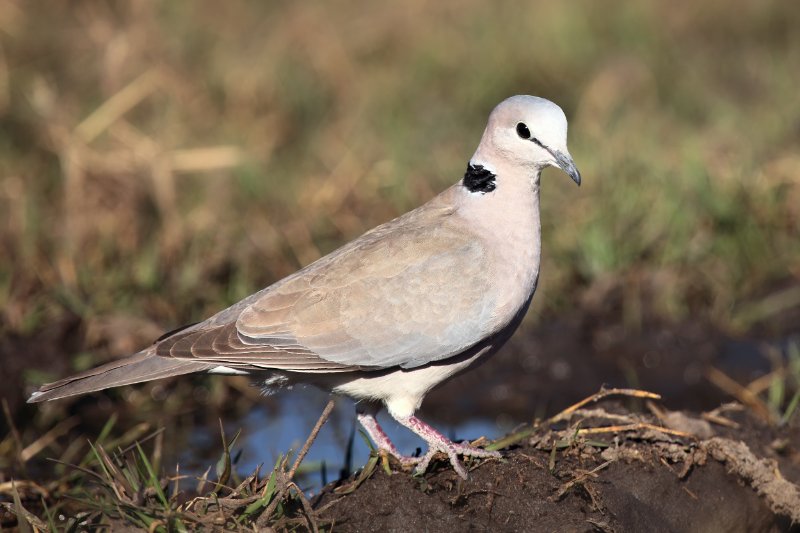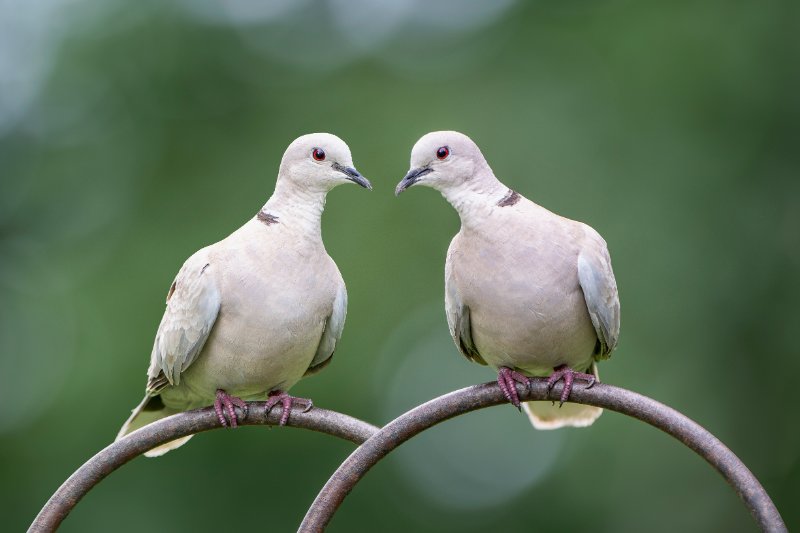“The Graceful Beauty of Ringneck Doves: A Guide to Keeping and Caring for these Gentle Birds”.
Whimsical, serene and captivating, the Ringneck Doves capture the hearts of bird enthusiasts everywhere with their sublime elegance. Today, we delve deeper into their world, exploring the attributes that make them unique.
A Snapshot of Ringneck Doves
Identifying this graceful bird is quite an effortless task, thanks to their distinctive black necklace. However, it isn’t their only moniker; they are also known as domestic ringed doves, Barbary doves, and collared doves.
Ringneck Doves, descendants of the African Ring Dove, reside exclusively in domestic environments. In fact, they corner the market as the most familiar domestic doves across the United States.
Aesthetics and Features
As tiny birds with big personalities, Ringneck Doves average a total size of approximately 12 inches from beak to tail. A soft grey body adorned with subtle light brown patches primarily on their back and wings. Rosy-hued feathers delicately color their head and breast, enveloping the black ring that gives these birds their name.
The Art of Keeping Ringneck Doves
As inhabitants of cages most of their life, domestic Ringneck Doves are generally comfortable in 2 square feet cages. Though usually peace-loving creatures, keeping two males in one cage can sometimes stir the pot. Hence, breeders often house them in pairs and separate the occasional feisty ones.
Diet
- Variety of grains and seeds
- Wild bird mix
- Specialty dove feeds
A balanced diet usually includes grains and seeds such as black sunflower, canary grass, cracked corn, millet, milo, safflower, and wheat. Wild bird mix – either from nature or store-bought, goes perfectly well with commercial bird seed mixes made specifically for doves. Supplementing their diet with high-quality grit, rich in calcium, is recommended by experts.
Survival
Despite their delicate appearance, Ringneck Doves exhibit a robust nature. They can even withstand brief cold snaps, granted they’ve been gradually conditioned. However, it is essential to prevent exposure to harsh weather conditions as much as possible.
These enchanting doves may not be found in the wild, but are a favored choice for bird keepers the world over. Consequently, population numbers of these stunning birds are thought to be beyond even the most generous estimates.

